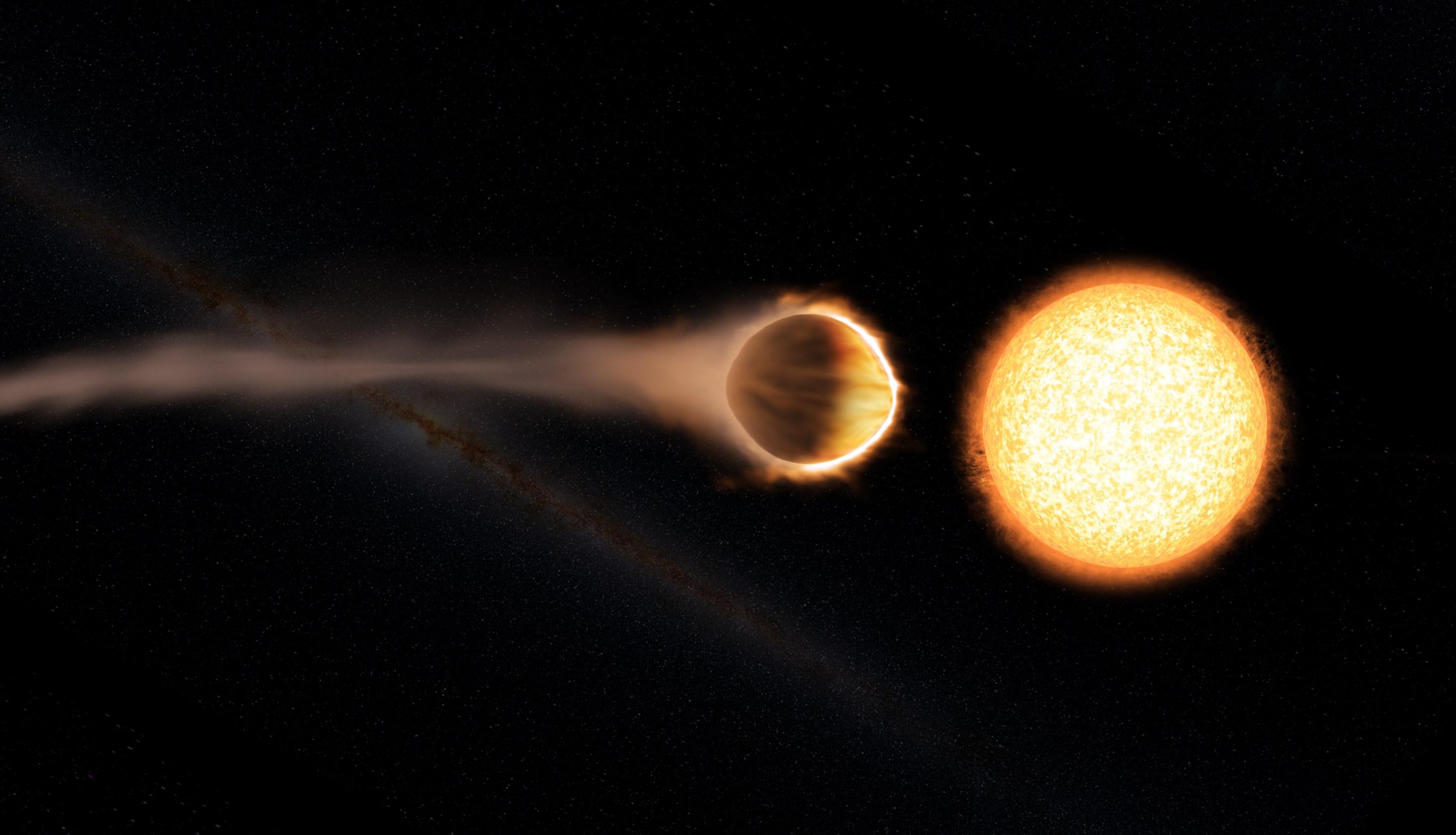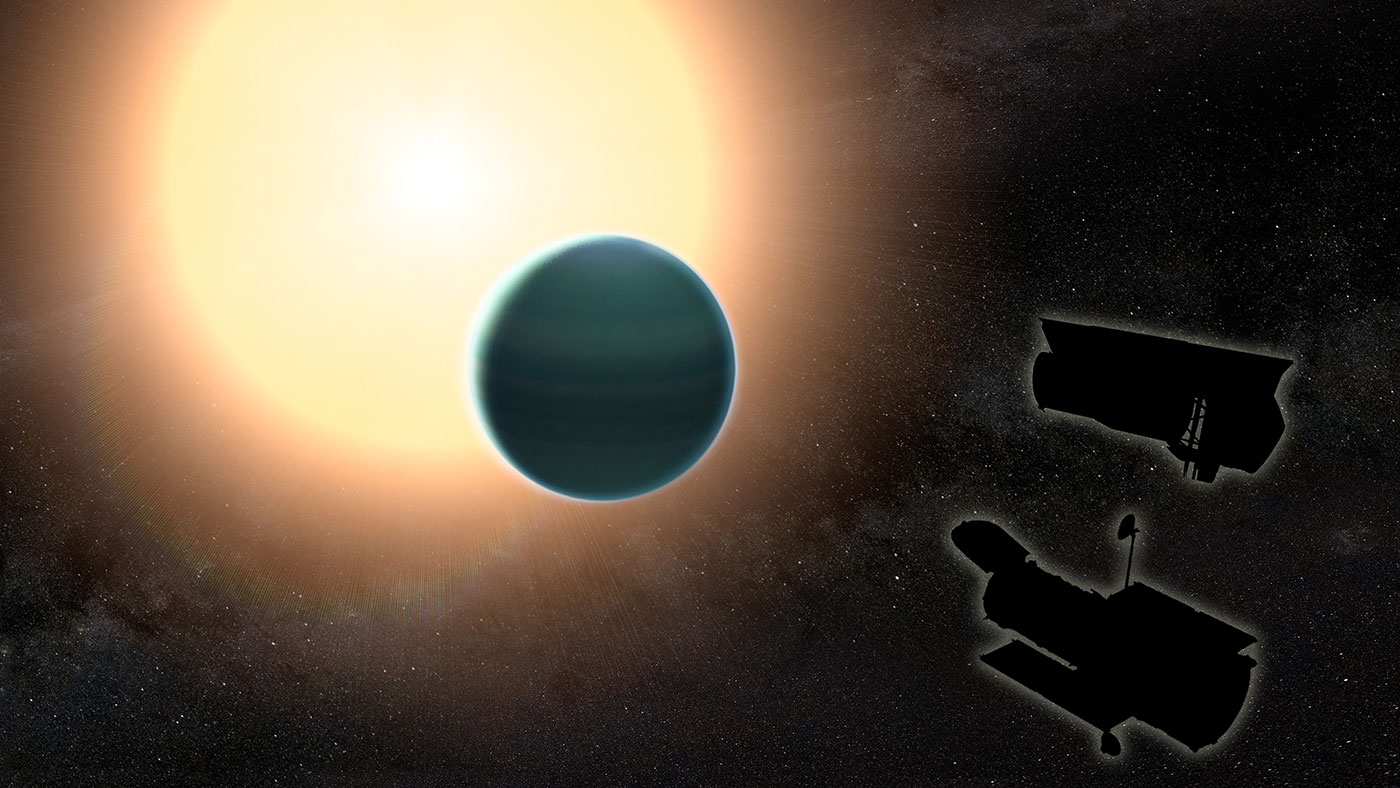
The ALMA Observatory in Chile has detected dust around the closest star to the Solar System, Proxima Centauri. The data may indicate the presence of an elaborate planetary system.

Using data from the SuperWASP survey, an international team of astronomers has identified two new "hot Saturns" and one "Super-Neptune".

A recent study involving data collected by the K2 mission has revealed three possible Super-Earths around a nearby Sun-like star.

The results suggest that the outer planets of the system might still harbour substantial amounts of water. This includes the three planets within the habitable zone of the star.

A new study has indicated that the Gliese 832 system (located just 16 light-years away) may have a third exoplanet.
A numerical simulation of TRAPPIST-1 is used to play a piano note every time a planet passes in front of the star and a drum every time a faster inner planet overtakes its outer neighbor.

Scientists have discovered the strongest evidence to date for a stratosphere on a planet outside our solar system.

The 20 new worlds have been found around eight bright, Sun-like stars by the HARPS Echelle Spectograph instrument, mounted on the 3.6m telescope at the European Southern Observatory in Chile.

A new scientific model studies whether liquid water can be maintained on planets in various conditions, and could be used to confirm the presence of vegetation on faraway worlds.

NASA’s Kepler space telescope team has identified 219 new planet candidates, 10 of which are near-Earth size and in the habitable zone of their star

The Breakthrough Starshot Initiative's purpose goes far beyond the Moon. The project seeks to travel to the nearest stars.

An astrophysics researcher has identified the possible compositions of the seven planets in the TRAPPIST-1 system. TRAPPIST-1e may be the best candidate for future habitability studies.

Astronomers have confirmed the existence of the seventh planet around the ultracool dwarf star TRAPPIST-1.

A study from NASA’s Hubble and Spitzer space telescopes reveals that the distant planet HAT-P-26b has a primitive atmosphere composed almost entirely of hydrogen and helium.

The study of alien worlds is entering its next phase as astronomers amass the best planets outside our Solar System to look for signs of life. A newly discovered “super-Earth” has catapulted itself to the top of that list.